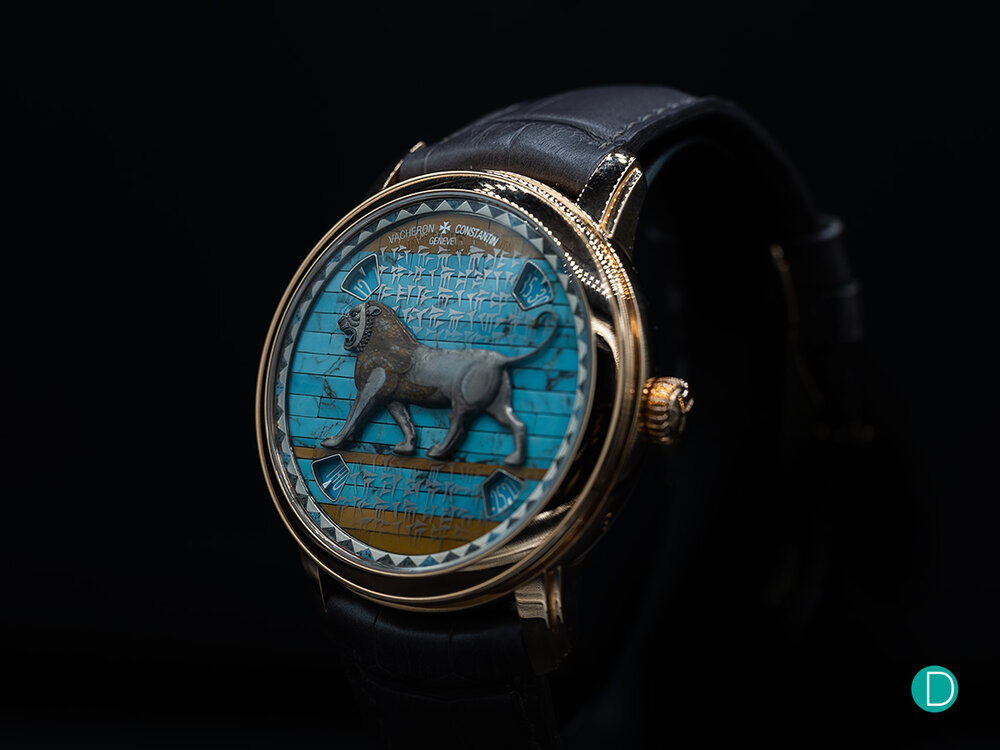Vacheron Constantin pays tribute to great civilizations of ancient world

TEHRAN – The luxury Swiss watch brand Vacheron Constantin has launched new watches in its métiers d'art collection, celebrating four great civilizations of Persia, Egypt, Greece and Rome, CHTN reported on Friday.
Designed in close collaboration with the Louvre Museum in Paris, the collection called “Tribute to Great Civilizations” references the Persian Empire of Darius the Great, the golden age of Ancient Egypt, the Hellenistic period of Ancient Greece and the Roman Empire with the advent of Augustus.
These timepieces are handcrafted by expert craftsmen and adorned with detailed ornamentation and embellishments.
These timepieces pay homage to the museum’s collection of antiquities, featuring images from the four historic eras and are named Lion de Darius, the Grand Sphinx de Tanis, Victoire de Samothrace, and Buste d'Auguste.
Hand engraved and delicately embellished, the four watches are limited to a series of just five with pricing available upon request.
The frieze of lions is one of the few decorative elements of the Palace of Darius in Susa that was found on-site and is now being kept in the Louvre Museum. This animal decoration was an important part of the iconography of Persian palaces, but also, before them, of Assyrian and Babylonian palaces. The lion symbol – representing both a royal animal and a divine attribute – was frequently found in these pleasure gardens and hunting reserves intended for the Persian monarchs and the Assyrian sovereigns before them.
The prominent frieze of lions was thus a declaration of royal power, embodied by the king of animals. Made of siliceous glazed bricks that are bound with lime mortar, this decoration mingling realism and powerful stylization are exemplary of masterpieces of Achaemenid Persian art.
Vacheron Constantin is the 15th most recognized and valuable Swiss watch brand in the world.
Ancient Iran, also known as Persia, historic region of southwestern Asia that is only roughly coterminous with modern Iran. The term Persia was used for centuries, chiefly in the West, to designate those regions where the Persian language and culture predominated, but it more correctly refers to a region of southern Iran formerly known as Persis, alternatively as Pars or Parsa, modern Fars.
Parsa was the name of an Indo-European nomadic people who migrated into the region about 1000 BC. The first mention of Parsa occurs in the annals of Shalmanesar II, an Assyrian king, in 844 BC.
During the rule of the Persian Achaemenian dynasty (559–330 BC), the ancient Greeks first encountered the inhabitants of Persis on the Iranian plateau, when the Achaemenids—natives of Persis—were expanding their political sphere. The Achaemenids were the dominant dynasty during Greek history until the time of Alexander the Great, and the use of the name Persia was gradually extended by the Greeks and other peoples to apply to the whole Iranian plateau.
ABU/AFM
Leave a Comment